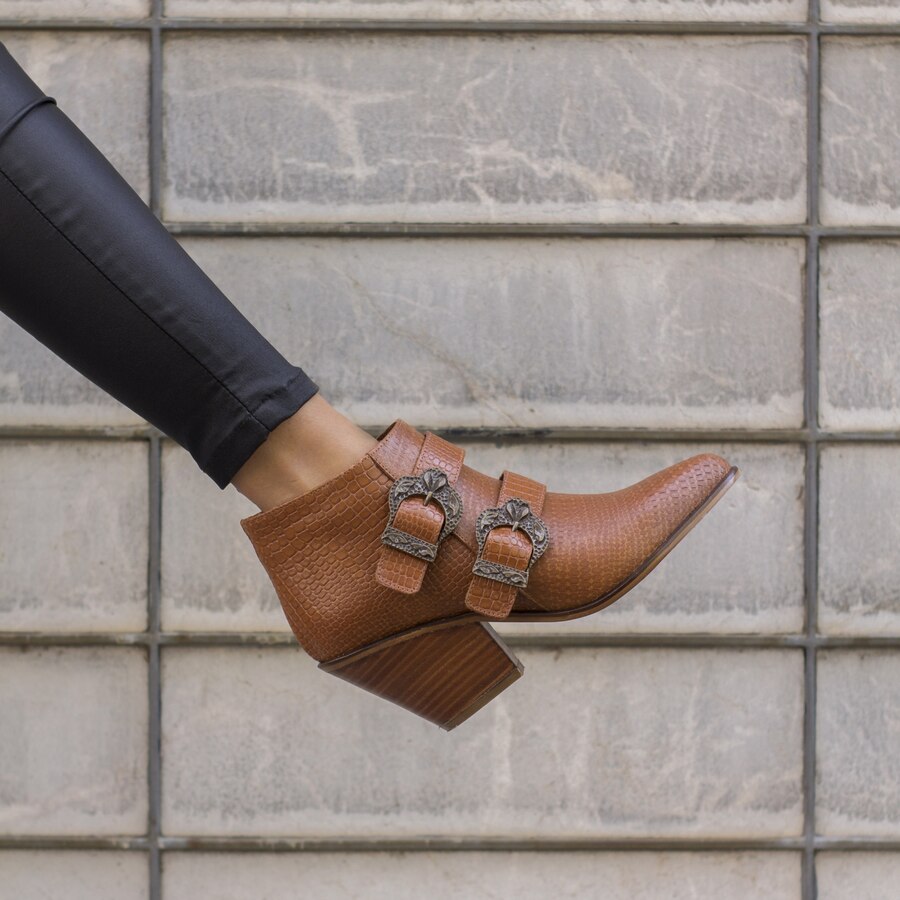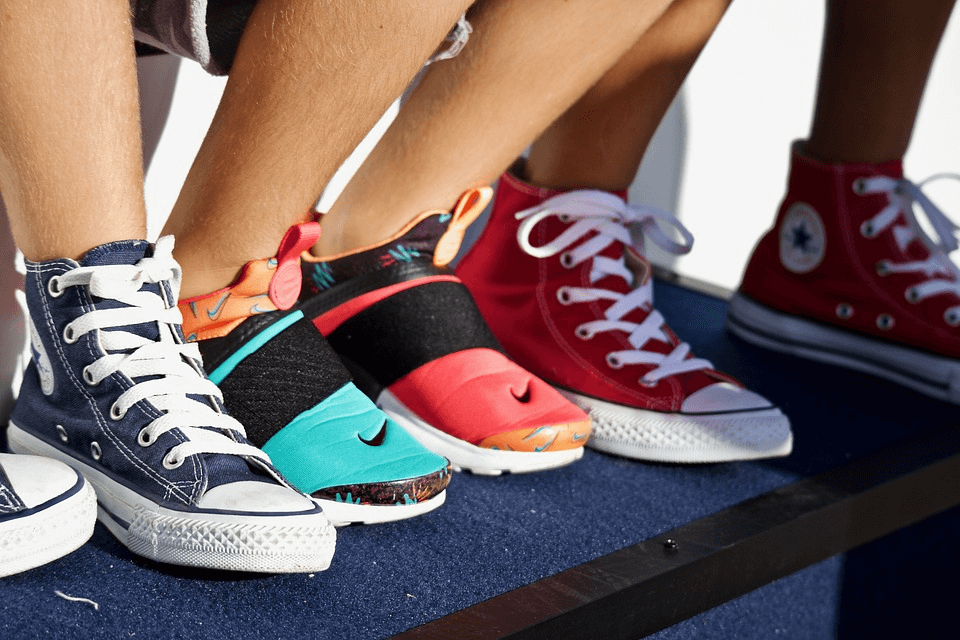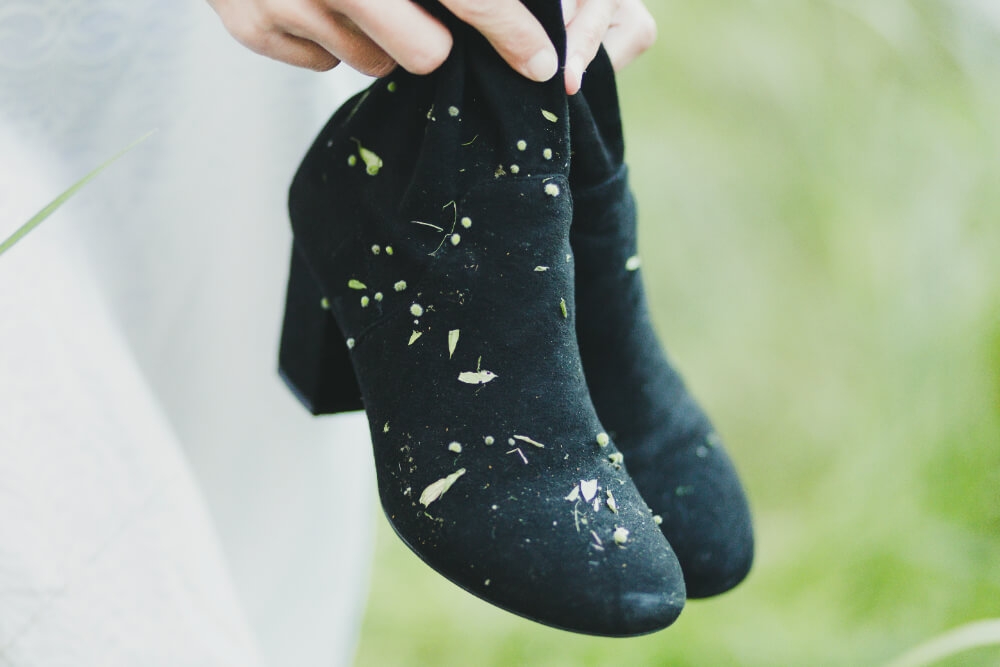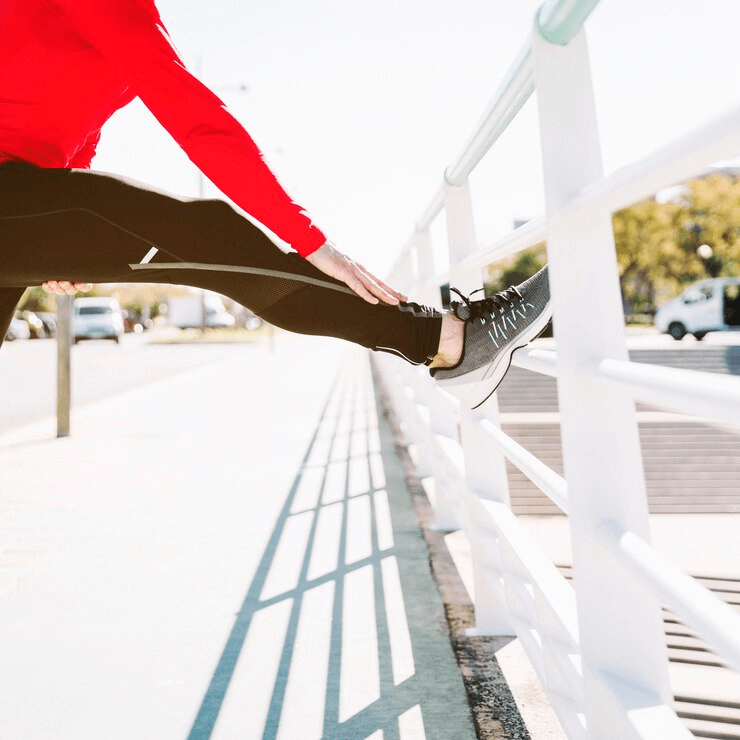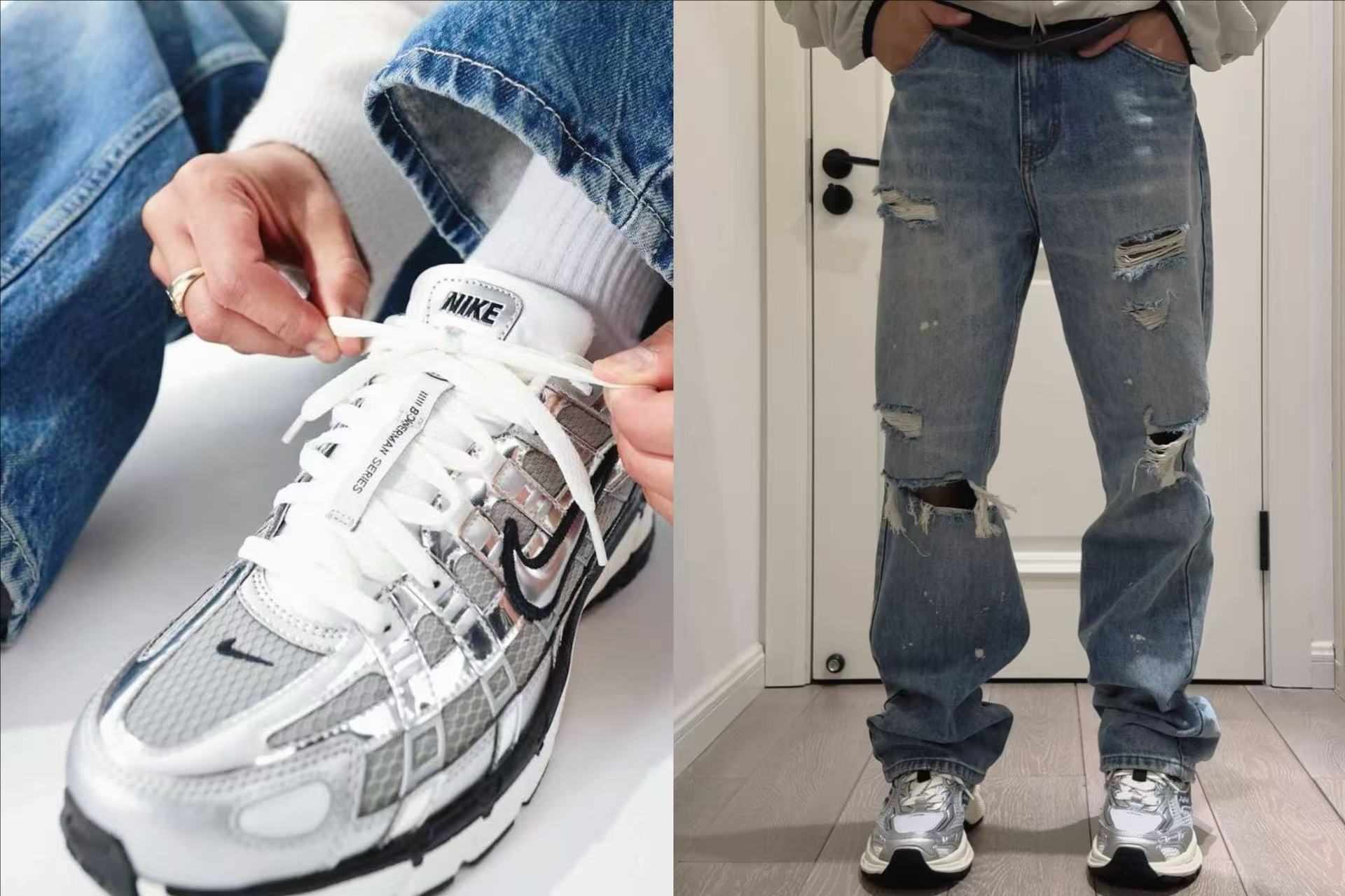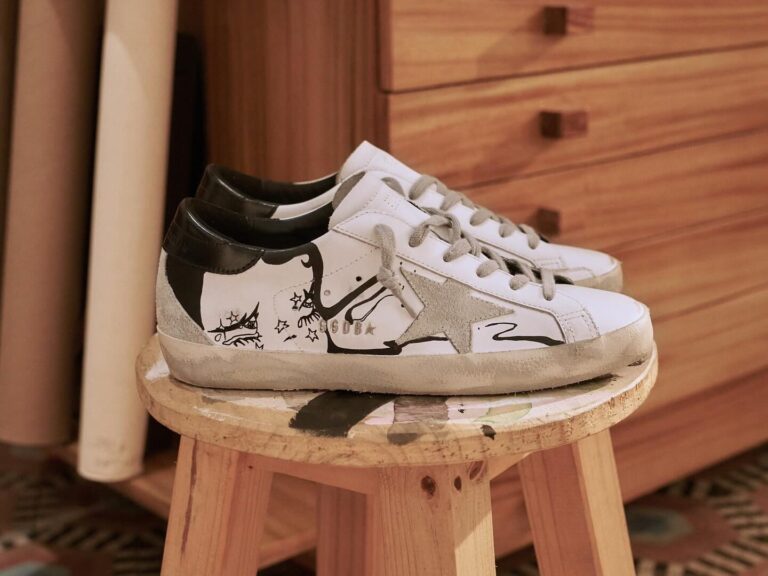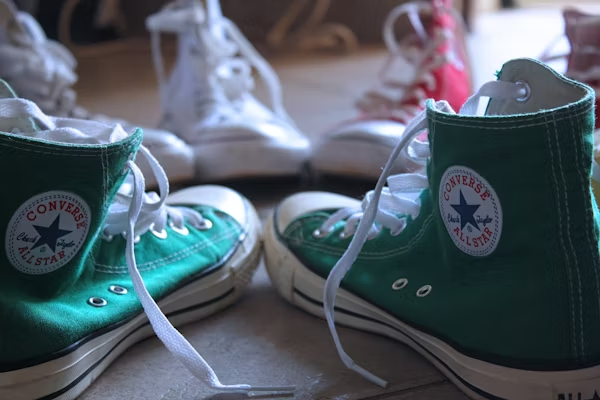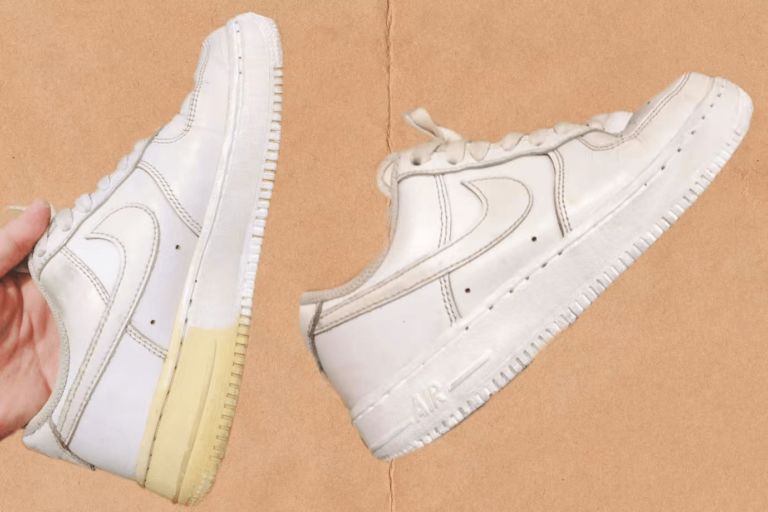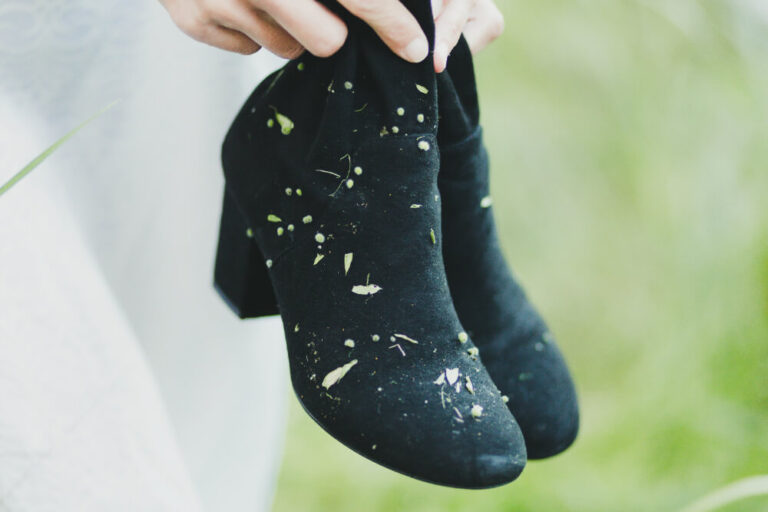
If your favorite pair of men’s dress shoes has started to show signs of wear on the heel rubber, don’t worry—you don’t have to throw them away. Repairing the heel rubber is a straightforward process that can save you money and prolong the life of your shoes. In this guide, we will walk you through the essential steps of fixing the heel rubber on your men’s dress shoes, ensuring they look as good as new.
Why Your Men’s Dress Shoes Need Heel Rubber Repair
The heel rubber on men’s dress shoes serves a critical function. It provides traction, prevents slipping, and absorbs the shock of walking. Over time, constant wear and tear can cause the heel rubber to wear down, especially if you walk on hard surfaces regularly. Repairing or replacing the heel rubber not only restores your shoe’s functionality but also helps maintain their appearance.
Essential Tools for Fixing Your Shoe Heel Rubber
Before diving into the repair process, you will need to gather a few essential tools:
- Replacement Heel Rubber: Available in different shapes and sizes, choose one that matches your shoe’s heel design.
- Super Glue or Shoe Cement: For a strong, lasting bond.
- Utility Knife or Scissors: To trim the rubber to fit.
- Sandpaper: To smooth the surface and create a better bonding area.
- Clamps (Optional): To hold the rubber in place while the adhesive sets.
Step-by-Step Instructions for Repairing Heel Rubber on Men’s Dress Shoes
- Assess the Damage: Look closely at your shoes to determine whether the heel rubber is simply worn down or if it has cracked. If the rubber is cracked, a complete replacement may be necessary.
- Remove the Old Heel Rubber: If the rubber is worn out, carefully remove it using a utility knife. Be gentle to avoid damaging the shoe itself.
- Clean the Surface: Once the old rubber is removed, clean the surface of the heel thoroughly using a cloth. Sand the area lightly to ensure proper adhesion for the new rubber.
- Cut the Replacement Rubber: Using scissors or a utility knife, cut the new rubber to match the size and shape of the heel. Make sure it fits perfectly.
- Apply the Adhesive: Spread a thin layer of super glue or shoe cement on both the heel surface and the back of the rubber. Let it sit for a few minutes to become tacky before attaching.
- Attach the New Rubber: Press the rubber firmly onto the heel. If necessary, use clamps to hold it in place while the adhesive dries.
- Allow Drying Time: Let the glue or cement cure for several hours or as per the manufacturer’s instructions to ensure a secure bond.
- Trim Excess Rubber: Once the adhesive has set, trim any excess rubber using a utility knife for a clean finish.
Tips for Ensuring Long-lasting Heel Rubber Repairs
- Choose High-Quality Materials: Invest in durable heel rubber and strong adhesive to ensure the repair lasts longer.
- Regular Maintenance: Check the condition of the heel rubber periodically to address any issues early on.
- Avoid Excessive Wear: Try to walk on softer surfaces or use shoe covers when walking in rough conditions to reduce wear on the heels.
When to Seek Professional Help for Your Shoe Heel Rubber
While repairing the heel rubber on your men’s dress shoes is easy for most DIYers, sometimes professional help may be necessary. If the damage to the heel is severe or the shoe’s structure is compromised, it might be best to take your shoes to a cobbler. They have the experience and tools to restore your shoes to their original condition.
By following these simple steps, you can save your beloved dress shoes from the scrap heap and enjoy their stylish and functional design for years to come.
